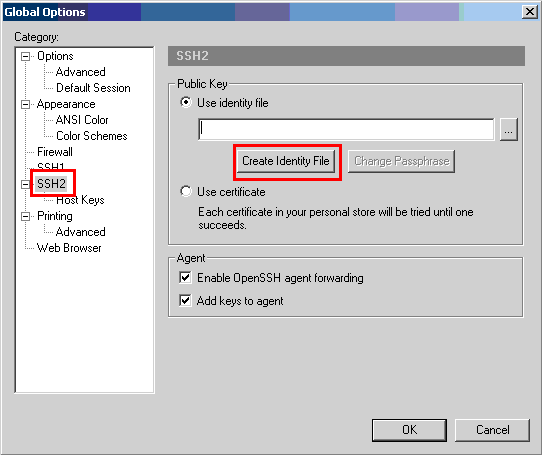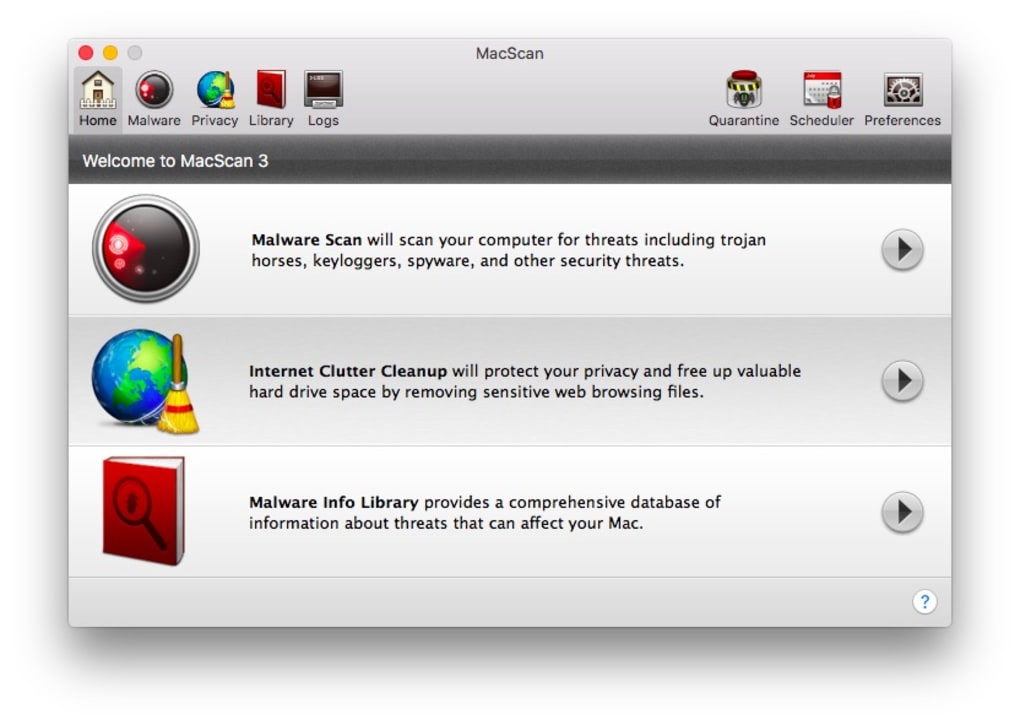

- Remove securecrt 5.0 application how to#
- Remove securecrt 5.0 application install#
- Remove securecrt 5.0 application Activator#
If the record is not missing, then you can select "Append to file", so the content is added in a file, although the content is all in, sometimes it is not convenient to statistical analysis of a single situation. Option: Corresponding to the second red box on the right side of the above figure, you can configure it according to your own habits.įor example, if you want the debugging information recorded every time to contain only the content of this time, you can select "overwrite file" if you want the log information. %envvar% – environment variable (for instance %USERNAME%) These fields accept several variables a complete list is shown below: It will remain in the E:\Development\SecureCRT\Logs\ directory, and parameters can be used in the path.

Please choose the file address and set a file nameįor example, I filled in E:\Development\SecureCRT\Logs\%H\%Y-%M-%D_%h%m%s.log Then choose General > Default Session > Edit Default Settings.
Remove securecrt 5.0 application how to#
Design: .This article describes how to save the logs of SecureCRT.
 Introduction to System Administration Issues. Modifying the Behavior of Backspace and Delete. Changing the Size of the Terminal Screen. Changing Foreground and Background Colors. Changing the Properties of the Text Cursor. Customizing Print Settings for a Specific Session. Modifying How the Tab Character is Displayed. Enabling/Disabling Mode Switching Sequences. Changing the Passphrase for a Private Key. Configuring VShell to Recognize Public-Key File. Configure SSH Communications to Recognize Public-Key File. Configure OpenSSH to Recognize Public-Key File. Creating a New Session with Quick Connect. Changing the Default File Transfer Directories. Designating the Default Telnet Application. Table of Protocol-Specific Command-Line Options. Closing/Clearing the Window on Disconnect. Arranging Entries in the Connect Dialog. Remote Port Forwarding Properties Dialog. Local Port Forwarding Properties Dialog. Direct Pass-Through Printing Settings Dialog. Connecting with the Quick Connect Dialog. If you want to share your SecureCRT and SecureFX configuration settings and want to see both the terminal emulation and file transfer sessions in your SecureCRT Connect dialog, right-click on the Connect dialog and check the Show Transfer Sessions option. From here, you can configure sessions for both applications. If you open the SecureCRT Global Options or Session Options dialogs, you will see options for both SecureCRT and SecureFX. You can also start SecureCRT from SecureFX if you prefer.
Introduction to System Administration Issues. Modifying the Behavior of Backspace and Delete. Changing the Size of the Terminal Screen. Changing Foreground and Background Colors. Changing the Properties of the Text Cursor. Customizing Print Settings for a Specific Session. Modifying How the Tab Character is Displayed. Enabling/Disabling Mode Switching Sequences. Changing the Passphrase for a Private Key. Configuring VShell to Recognize Public-Key File. Configure SSH Communications to Recognize Public-Key File. Configure OpenSSH to Recognize Public-Key File. Creating a New Session with Quick Connect. Changing the Default File Transfer Directories. Designating the Default Telnet Application. Table of Protocol-Specific Command-Line Options. Closing/Clearing the Window on Disconnect. Arranging Entries in the Connect Dialog. Remote Port Forwarding Properties Dialog. Local Port Forwarding Properties Dialog. Direct Pass-Through Printing Settings Dialog. Connecting with the Quick Connect Dialog. If you want to share your SecureCRT and SecureFX configuration settings and want to see both the terminal emulation and file transfer sessions in your SecureCRT Connect dialog, right-click on the Connect dialog and check the Show Transfer Sessions option. From here, you can configure sessions for both applications. If you open the SecureCRT Global Options or Session Options dialogs, you will see options for both SecureCRT and SecureFX. You can also start SecureCRT from SecureFX if you prefer. Remove securecrt 5.0 application Activator#
Right-clicking on the Activator system tray icon and opening a SecureFX session. Selecting a SecureFX session from the Connect dialog. Right-clicking on a tab and selecting the Start SecureFX option. Clicking on the SecureFX toolbar button. From SecureCRT, you can start SecureFX in several different ways, including the following: Remove securecrt 5.0 application install#
To integrate SecureCRT with SecureFX, install both applications on the same machine then start SecureCRT. This makes it simpler to create and maintain sessions set your options once and they are used by both programs. The 5.0 (or newer) release of SecureCRT supports the integration of its configuration settings with those of VanDyke Software's secure file transfer client SecureFX® (version 3.0 or newer).







 0 kommentar(er)
0 kommentar(er)
